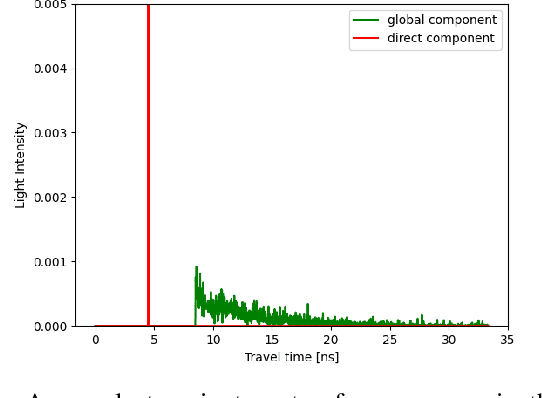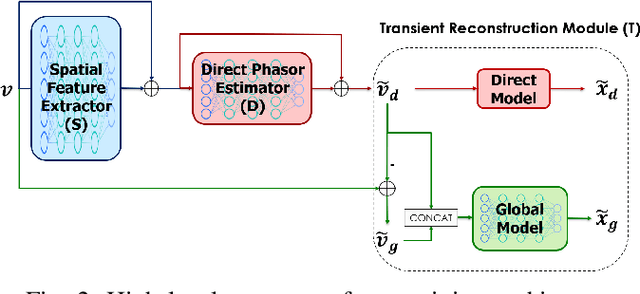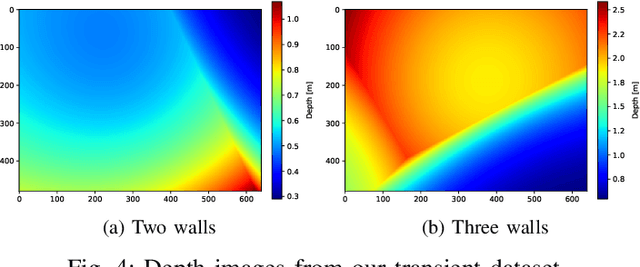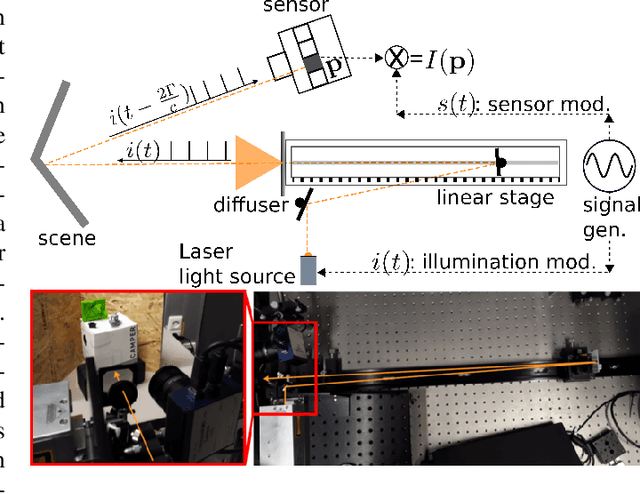Henrik Schäfer
Lightweight Deep Learning Architecture for MPI Correction and Transient Reconstruction
Nov 29, 2021



Abstract:Indirect Time-of-Flight cameras (iToF) are low-cost devices that provide depth images at an interactive frame rate. However, they are affected by different error sources, with the spotlight taken by Multi-Path Interference (MPI), a key challenge for this technology. Common data-driven approaches tend to focus on a direct estimation of the output depth values, ignoring the underlying transient propagation of the light in the scene. In this work instead, we propose a very compact architecture, leveraging on the direct-global subdivision of transient information for the removal of MPI and for the reconstruction of the transient information itself. The proposed model reaches state-of-the-art MPI correction performances both on synthetic and real data and proves to be very competitive also at extreme levels of noise; at the same time, it also makes a step towards reconstructing transient information from multi-frequency iToF data.
A new operation mode for depth-focused high-sensitivity ToF range finding
Sep 06, 2019



Abstract:We introduce pulsed correlation time-of-flight (PC-ToF) sensing, a new operation mode for correlation time-of-flight range sensors that combines a sub-nanosecond laser pulse source with a rectangular demodulation at the sensor side. In contrast to previous work, our proposed measurement scheme attempts not to optimize depth accuracy over the full measurement: With PC-ToF we trade the global sensitivity of a standard C-ToF setup for measurements with strongly localized high sensitivity -- we greatly enhance the depth resolution for the acquisition of scene features around a desired depth of interest. Using real-world experiments, we show that our technique is capable of achieving depth resolutions down to 2mm using a modulation frequency as low as 10MHz and an optical power as low as 1mW. This makes PC-ToF especially viable for low-power applications.
 Add to Chrome
Add to Chrome Add to Firefox
Add to Firefox Add to Edge
Add to Edge